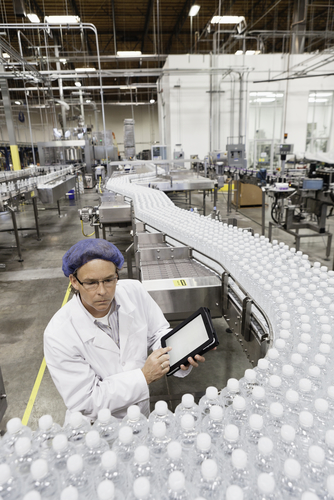Four Things You Need to Know About the Permitting Process in China
Successful U.S. businesses in China know one thing: building relationships with Chinese officials is the key to effectively establishing, running and managing a business. Especially when obtaining the necessary permits and approvals for a new food processing plant – which can be a lengthy and frustrating process – it’s imperative to play by a few key rules to ensure a smoother permitting process.
Continue Reading “Four Things You Need to Know About the Permitting Process in China”











